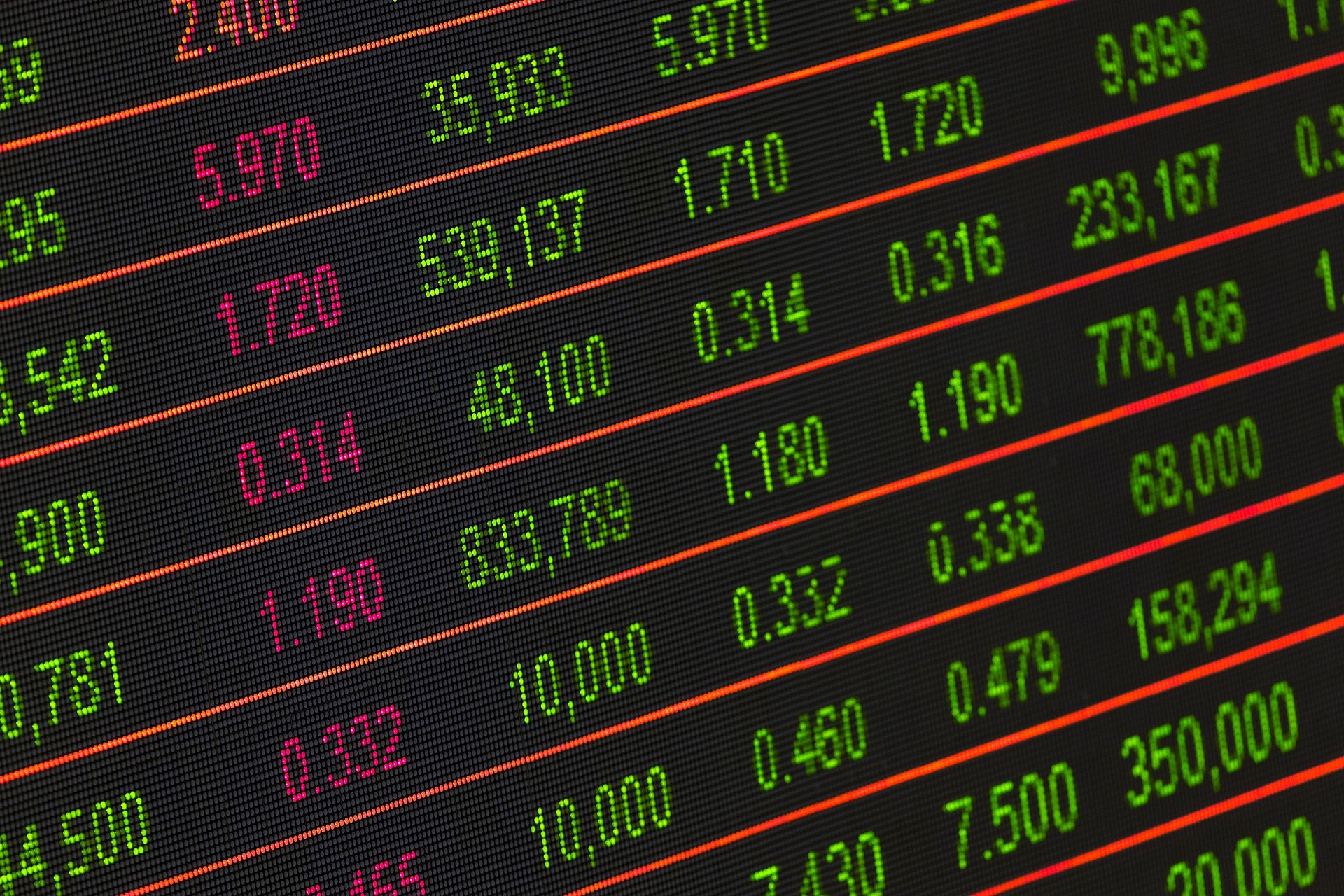1) Spread = Ask − Bid
The bid is what you can sell at; the ask is what you can buy at. The difference is the spread, usually measured in pips.
- 1 pip = 0.0001 on most FX pairs (JPY pairs: 0.01).
- Point or pipette = 1/10 of a pip (EURUSD 0.00001).
- Spread can be fixed (rare these days) or floating (changes with liquidity/volatility).

2) “0.0 pips” — what it actually means
On RAW/ECN-style accounts, a broker may pass through near-interbank quotes with 0.0–0.2 pips shown at times, then charge a commission per lot. “0.0 pips” does not mean free trading—your total cost is:
3) Commission → pips: the conversion
To compare fairly, convert the commission into its pip equivalent. The key is the pip value for your pair and size.
- Pip value (for USD quote pairs, 1 standard lot = 100,000 units) ≈ $10 per pip.
- Round-turn commission example: $6 per lot (e.g., $3 per side).
So with $6 per lot and $10/pip ⇒ 0.6 pips in commission. If the displayed spread averages 0.1 pips, your all-in cost ≈ 0.7 pips.
Pip value when USD is not the quote
Use the general formula:
Practical shortcut: many platforms show pip value automatically; or approximate using live rate (e.g., for GBPUSD, $/pip ≈ $10 ÷ GBPUSD rate).
4) Markup vs. Commission
- Standard/“spread-only” accounts: broker adds markup to raw quotes. No ticket commission, but wider spread.
- RAW/ECN accounts: minimal markup, plus ticket commission (per side, per lot).
- Compare all-in cost: spread (avg) + commission (pips).
5) Where slippage fits
Slippage is the difference between the price you clicked and the price you were filled. It can be negative (worse) or positive (better) and is separate from quoted spread.
- Worse during news/thin liquidity; larger sizes; market orders.
- Limit orders avoid negative slippage but may miss fills.
- Good brokers disclose average slippage distribution (±) by product/time.
6) Worked examples
| Account | Pair | Avg spread | Commission (round-turn) | Pip value* | Commission (pips) | All-in (pips) |
|---|---|---|---|---|---|---|
| RAW/ECN | EURUSD | 0.1 | $6/lot | $10/pip | 0.6 | 0.7 |
| Standard | EURUSD | 1.2 | $0 | $10/pip | 0.0 | 1.2 |
| RAW/ECN | GBPUSD (rate ≈ 1.2500) | 0.2 | $7/lot | ≈$8/pip | 0.875 | ~1.08 |
*1 standard lot (100k). Pip value depends on pair and live rate.
7) Quick calculator
Estimate all-in spread from your commission and average quoted spread.
8) Reality checks
- Judge brokers on all-in costs over your trading hours, not single screenshots.
- Look at execution quality: fill rate, rejections, slippage distribution.
- Test with a small live account: spreads on demo are often tighter.
- Remember overnight financing (swap)—a separate cost/income line.


Comments (0)